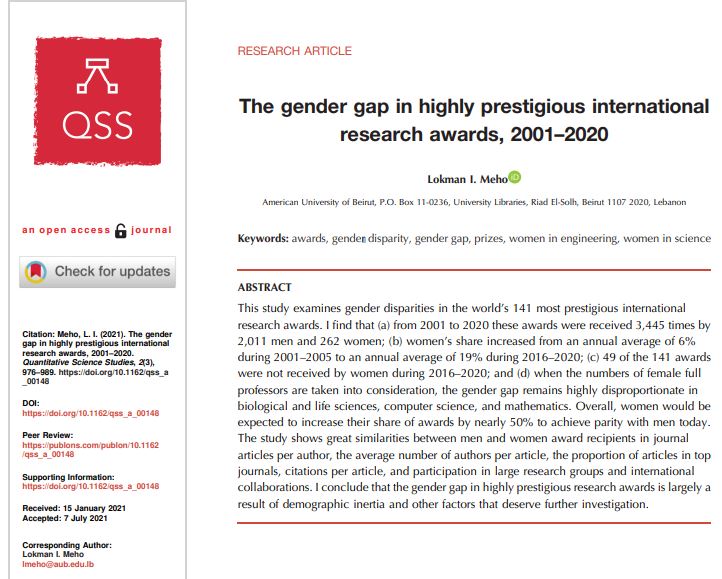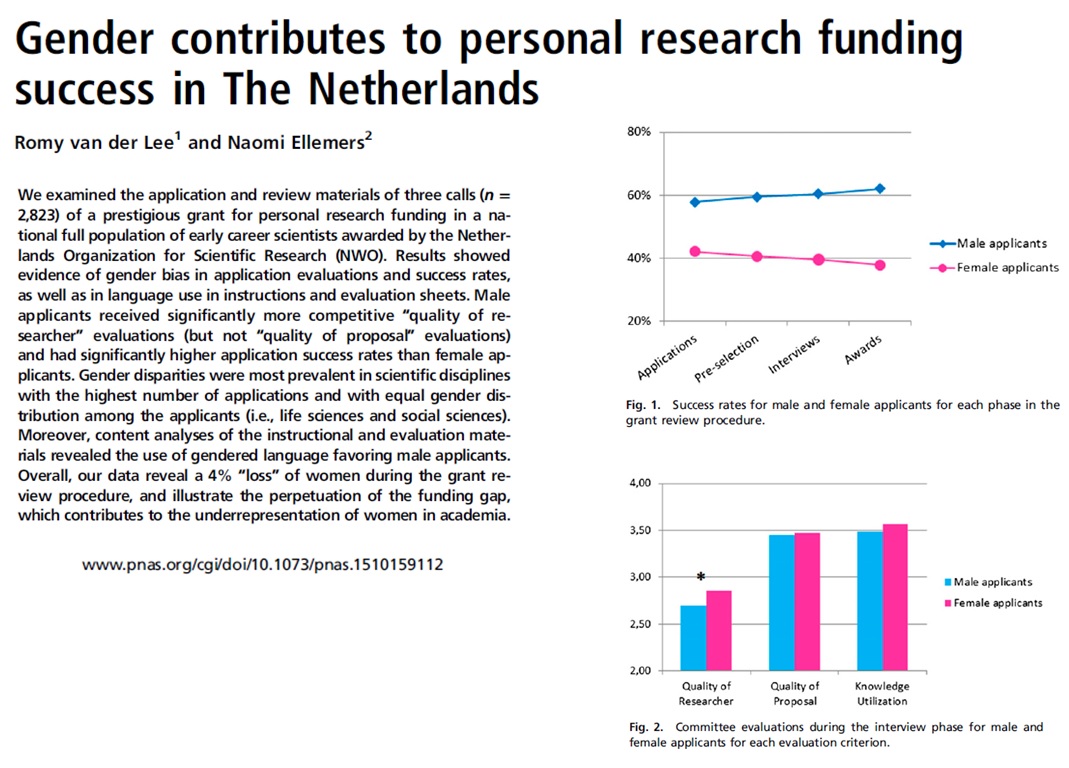Recent research reveals that scientific awards and honors are overwhelmingly named after men and are also predominantly awarded to male recipients. Awards named after women or those without a personal name are notably more often given to female scientists. This unequal distribution raises questions about gender bias within academic honors and its effects on the careers and self-perception of female researchers. To address this, Katja Gehmlich and Stefan Krause are calling on scientific institutions to review and diversify award names, nomination and selection criteria, and the composition of award committees. In their article, they also suggest concrete steps to help overcome gender inequality in scientific awards.
Gehmlich, K., & Krause, S. (2024). How we name academic prizes matters. Nature Human Behaviour, 8(2), 190-193.









